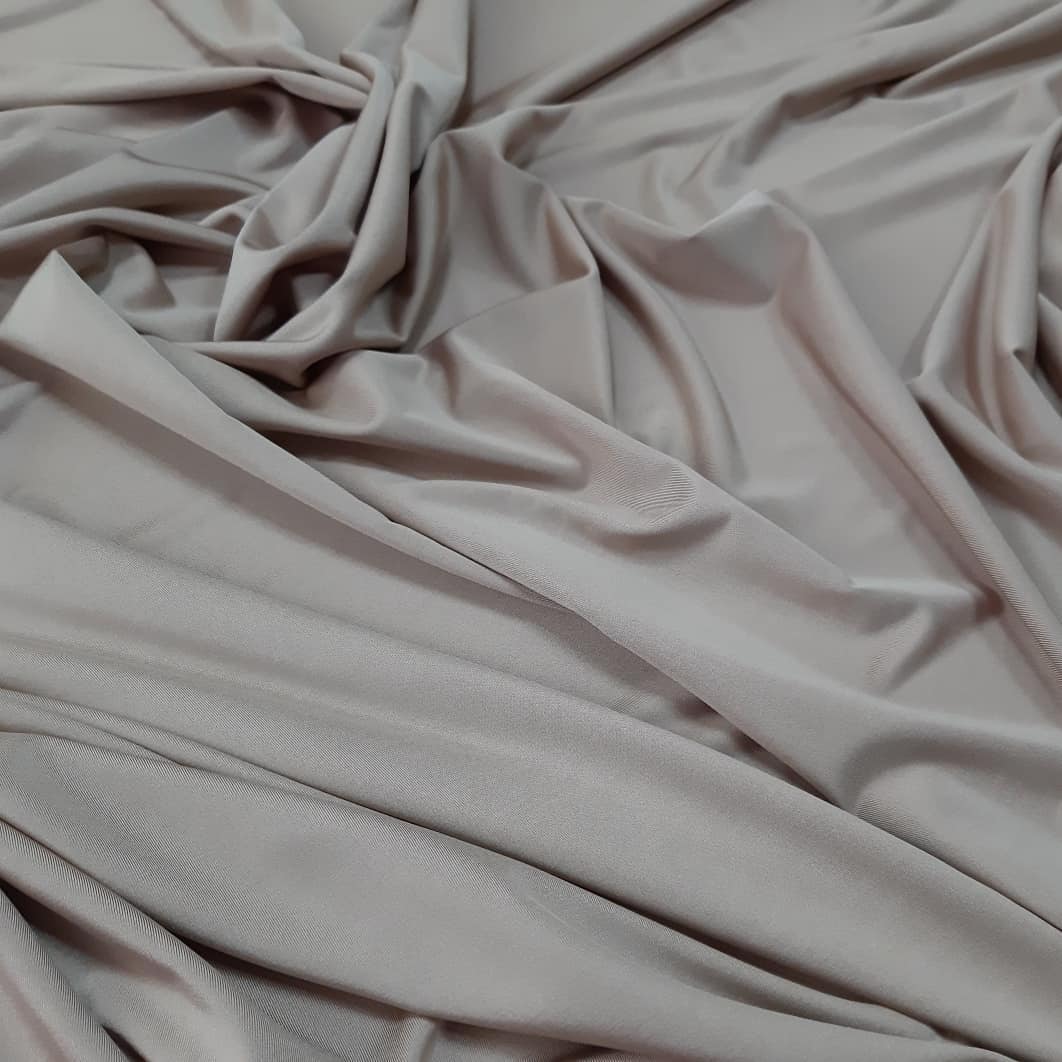Not long ago, while visiting the theater, I caught my eye on a girl in a light, amazingly beautiful, flowing dress. The outfit was so chic and sophisticated that I couldn’t resist and went up to her to find out what material her evening dress was made from. So the fabric was called micro-oil, and today I will try to tell you about it - what is it made from, what types are there, and how to care for it?

@svadbatkani
Micro-oil is a flowing elastic knitwear with excellent characteristics: light, airy and breathable. It came to us from the Middle East, apparently, oriental beauties sew their outfits from it.
The fabric contains only natural silk threads, and the manufacturing method allows it to retain its shape. The peculiarity of micro-oil is that it is not woven by machines, but woven by hand.
In the 20th century, synthetic fibers began to be added to the material: polyester, lycra and viscose. This was done in order to obtain not only beautiful, but also easy-to-care fabric. The main component of micro-oil is viscose, its amount in the finished product should not be less than 90%.The remaining 10% is polyester or lycra. Things made of 100% viscose would be very wrinkled, quickly stretch and lose their impeccable appearance, so synthetic fibers were added.

@womans_sale
There are several varieties of the fabric in question:
Now let's discuss what the advantages of micro-oil are, besides the fact that outfits made from such fabric look simply royal:
But like any type of fabric, micro-oil has one significant drawback. If synthetic fibers are added to the material, this can cause unpleasant skin itching in allergy sufferers. He has no more shortcomings.
In general, this fabric is in great demand among designers, fashion designers and simple seamstresses. The range of products includes a huge number of different things, from T-shirts and sundresses to chic evening dresses.

@eva_dea_wedding
So, first and perhaps most importantly, always read the label on your clothing! Secondly, the products should be washed in water not exceeding 40°C. Third, it is very important to choose the right powder, bleach and stain remover. The fabric is delicate and may be damaged if chlorine-containing products are added. Also, such clothes should only be dried on the street or balcony; under no circumstances should they be dried on a radiator. If you need to iron it, although this rarely happens with this fabric, set the iron to the silk setting (the lowest setting).